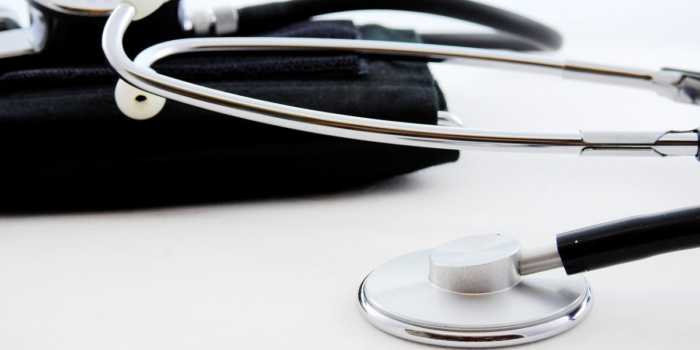According to the Food and Drug Administration (FDA) and the Emergency Care Research Institute (ECRI), “An estimated 550 to 650 surgical fires happen every year in U.S. operating rooms.” It may surprise you to learn that many of these fires are preventable.
Prevent fires, hazards, malfunctioning or failing equipment, and errors by ensuring that your medical equipment and devices are as safe as possible. Follow these essential steps to make it happen.
Check out our EZ Screw Builder to build your custom screw!
Only Purchase The Highest Quality Devices And Equipment
One of the most important ways to curtail problems and prevent serious accidents is to start at the very beginning. Do that by taking steps to ascertain that you only purchase quality equipment, and do it for all devices and equipment — from large and bulky MRI machines to miniature screws, like M1 screws, and micro fasteners.
To ensure that you are purchasing devices and equipment that are up for the job, keep an eye out for the following:
- A history of clinical trials. Before purchasing, search for a history of clinical trials and/or thorough quality control measures. If you are unable to find them, ask the company about their quality control practices and their documentation to back it up.
- Ongoing monitoring and surveillance. “US FDA, European Competent Authorities, and other regulators require registrants to monitor for and report adverse events and FSCAs involving their devices according to specific guidelines,” Emergo writes. If a company is not doing this, they may be in violation of federal regulations.
- Research that reflects real applications and human error. For the highest quality safety medical devices and equipment, search for those that come with best-use practices (if applicable). These guidelines may entail best practices for operating x-ray machines and CT scanners, or the best micro fasteners to secure delicate medical equipment parts.
Always Properly Sanitize Equipment
Unfortunately, contaminated equipment is an all-too-common problem. According to Healthcare Finance, “Each day, one out of 25 patients in the U.S. contracts a hospital-acquired infection resulting in billions of wasted dollars and an eye-popping 90,000 deaths annually.” While this is an alarming figure, it is also one that healthcare institutions and hospitals can counteract.
Staff can use proper sanitizers, whether that may consist of low-level, medium-level, or high-level disinfectants, and using itemized lists to check — and then double-check — cleaning procedures.
It’s All In The Details: Why The Details Can Pose A Serious Safety Hazard
Every year, manufacturers sell 200 billion fasteners to U.S. consumers. When one of those fasteners is too loose or out-of-place, even micro fasteners like M1 screws, they can pose a hazard — particularly if they are being used to secure safety medical devices or equipment.
Avoid accidents and emergencies with regular inspections. Whether these inspections are cursory ones performed by staff members or professional inspections or quality control audits, it is important to be thorough during these inspections. Professionals need to check overall functionality and zero in on the details, like whether M1 screws or mico fasteners are suitably and properly secured.
Have A Plan In The Event Of Hazards And Emergencies
Have a set of plans at your disposal should medical devices or medical equipment fail. These plans may include how to properly shut down and secure equipment or devices until they can be fixed, how to avoid radiation or x-ray exposure, or what actions to take if devices or equipment spark and/or cause a fire.
Prevent safety hazards. Start by taking safety measures directly related to medical devices and medical equipment. Contact the manufacturer if you have any questions!

